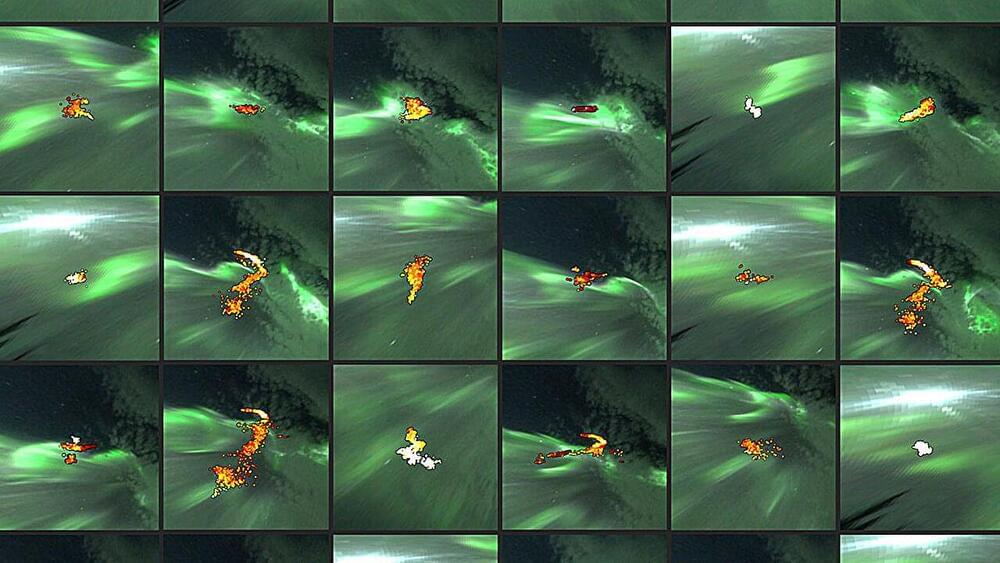At night, charged particles from the sun caught by Earth’s magnetosphere rain down into the atmosphere. The impacting particles rip electrons from atoms in the atmosphere, creating both beauty and chaos. These high-energy interactions cause the northern and southern lights, but they also scatter radio signals, wreaking havoc on ground-based and satellite communications.
Scientists would like to track electrical activity in the ionosphere by measuring the distribution of plasma, the form matter takes when positive ions are separated from their electrons, to help better predict how communications will be affected by electromagnetic energy.
But analyzing plasma in the ionosphere is a challenge because its distribution changes quickly and its movements are often unpredictable. In addition, collisional physics makes detecting true motion in the lower ionosphere exceedingly difficult.










Leave a reply